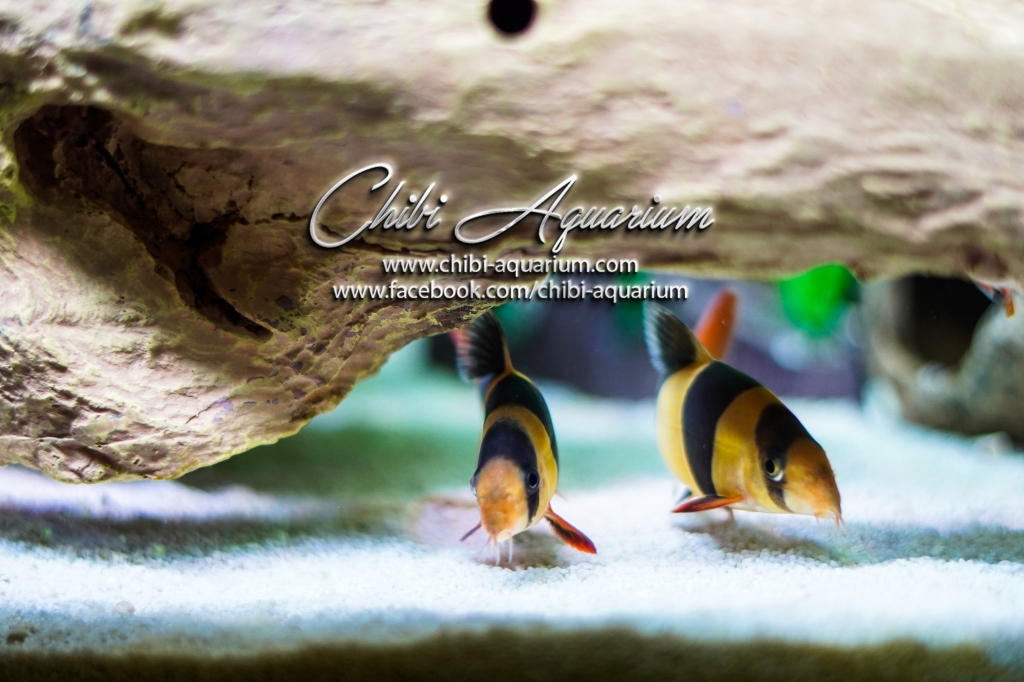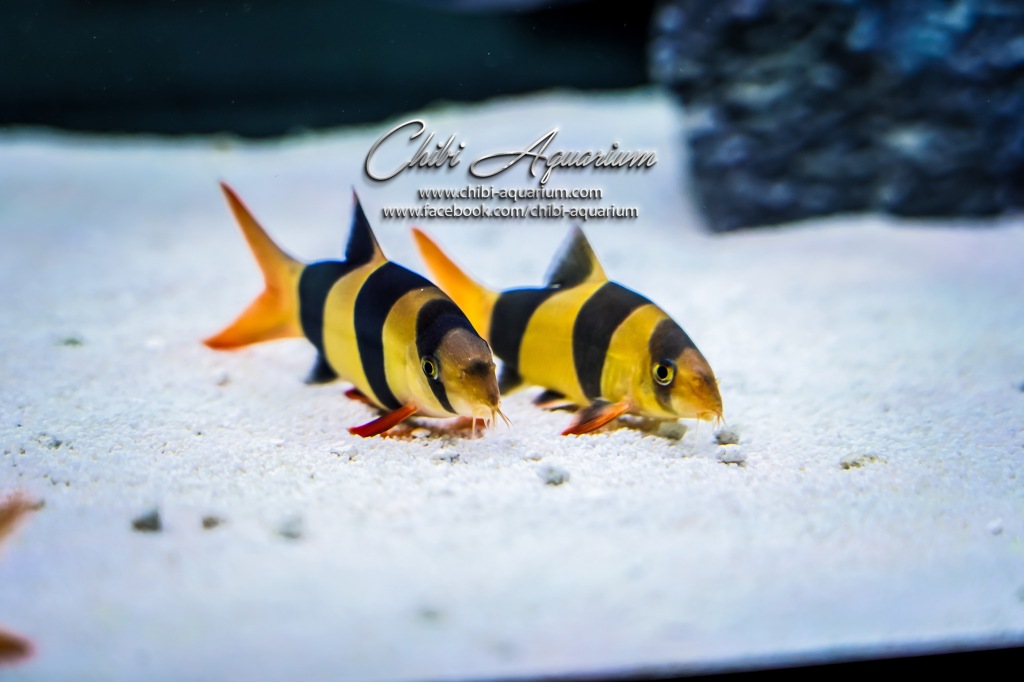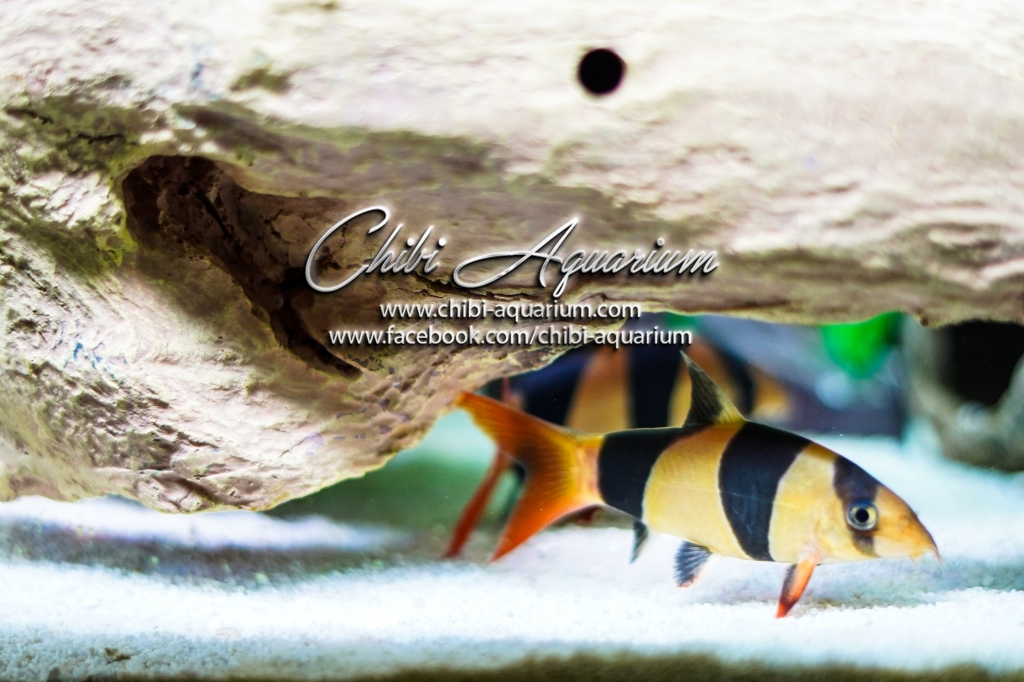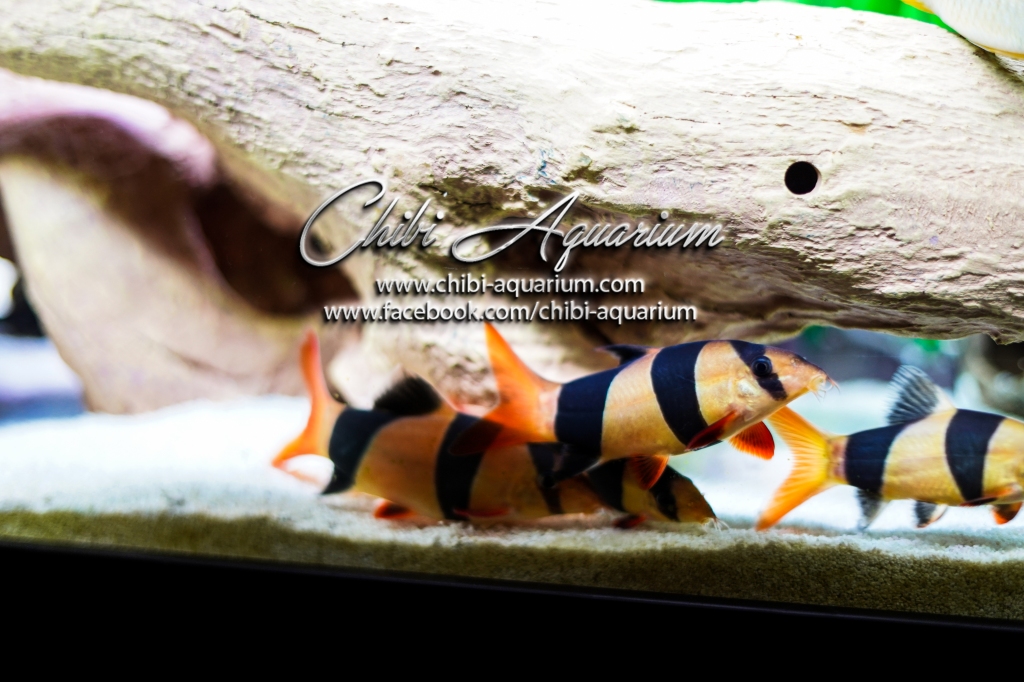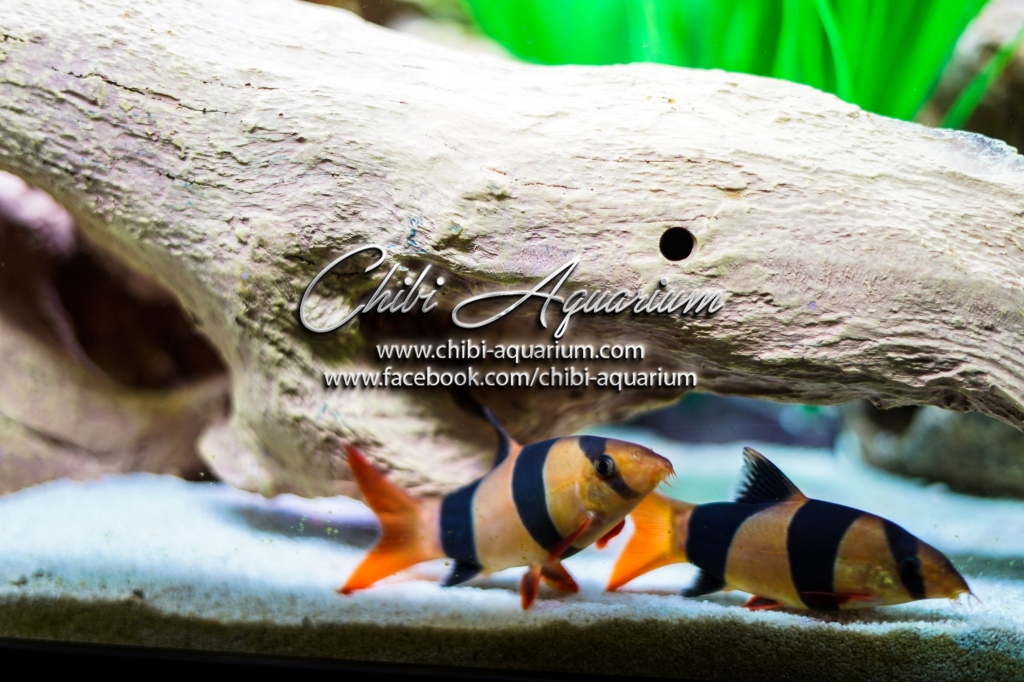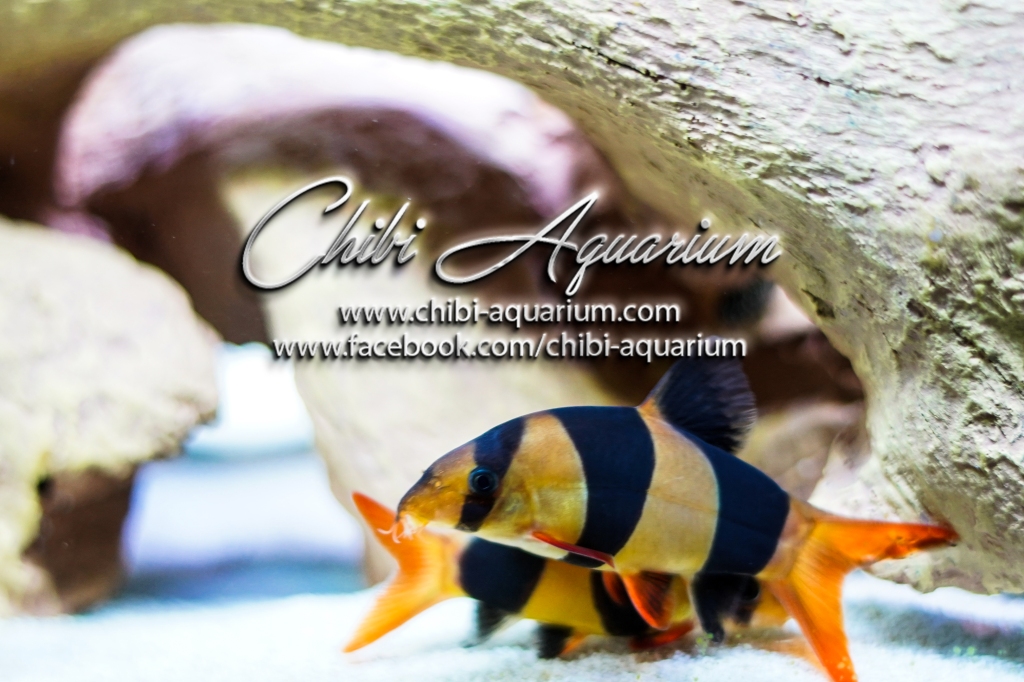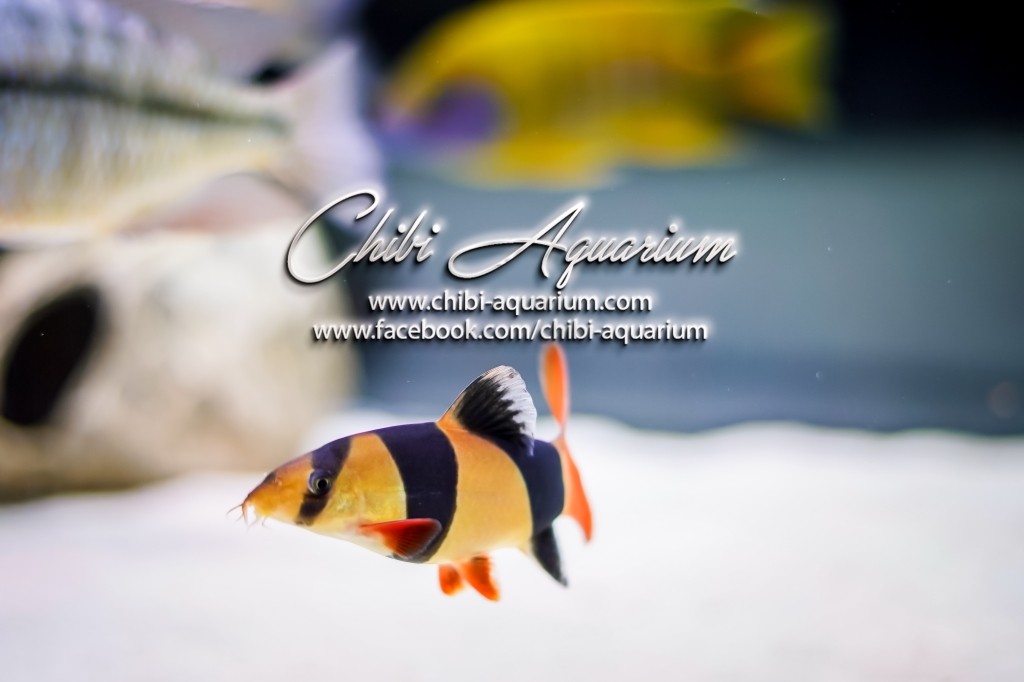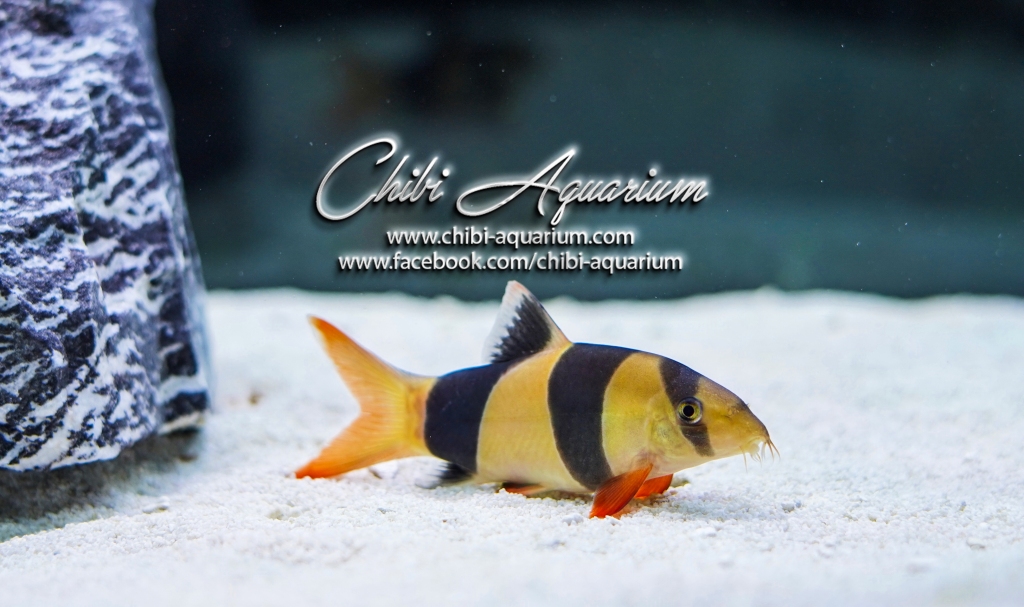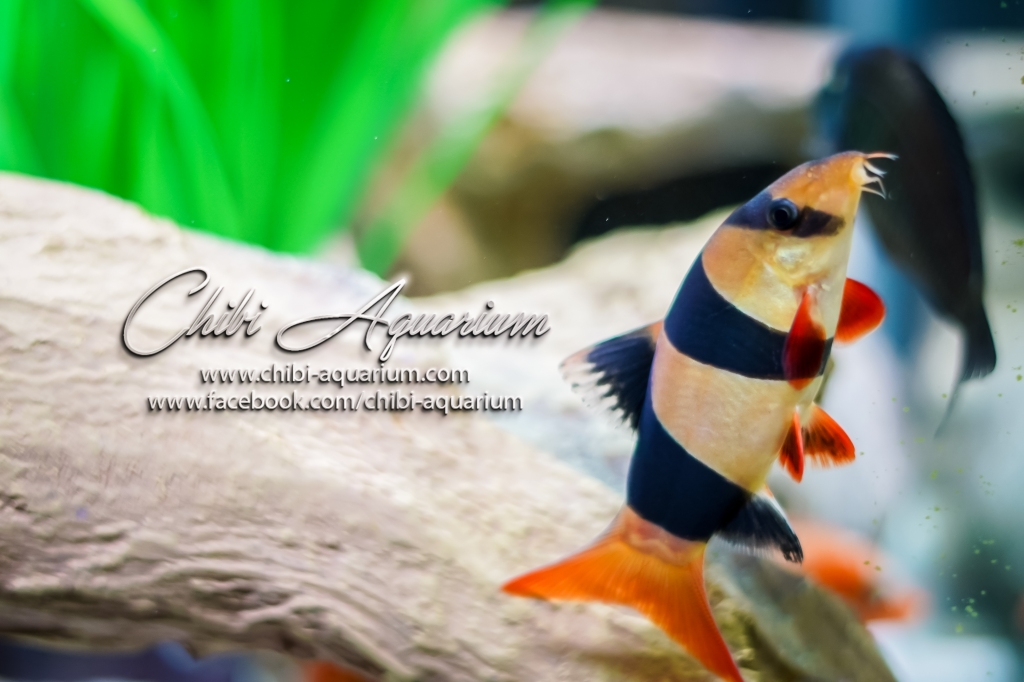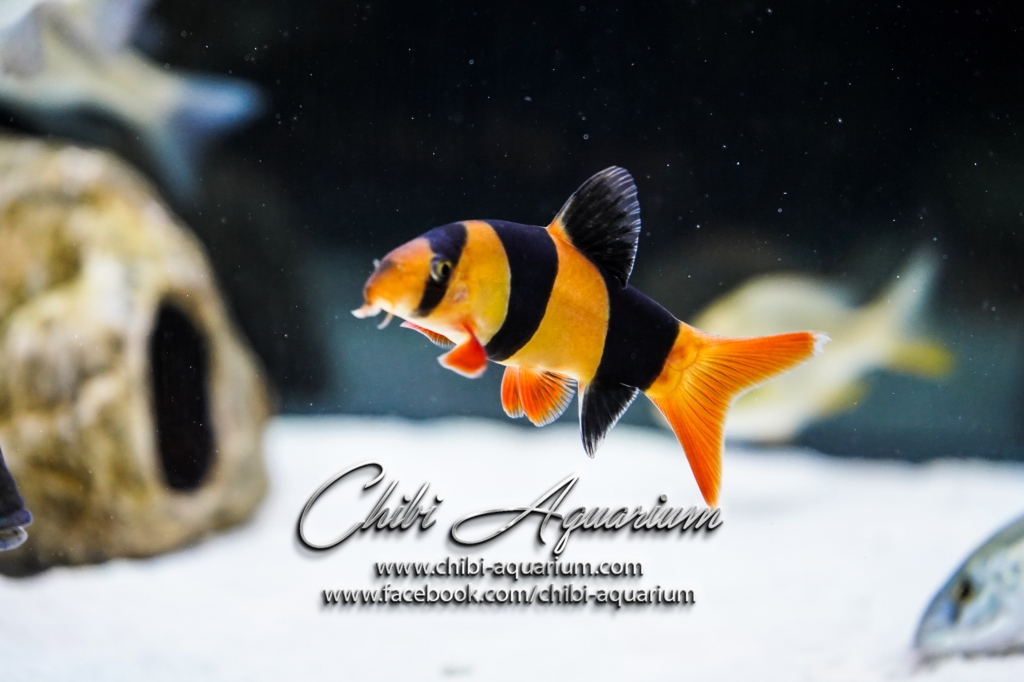Botia macracantha, commonly known as the Clown Loach, is a tropical freshwater fish that belongs to the family Botiidae. It is one of the most popular aquarium fish due to its unique appearance, playful behavior, and ease of care.
Native to Indonesia, Malaysia, and Sumatra, Clown Loaches prefer to live in rivers and streams with slow to moderate currents and plenty of hiding spots like rocks, driftwood, and plants. In the wild, they can grow up to 16 inches (40 cm) in length, but in captivity, they usually reach about 10 inches (25 cm).
Clown Loaches have a striking appearance with their bright orange bodies covered in black bands that resemble a clown’s face, hence the name “Clown Loach.” Their fins are adorned with a pop of bright red, which adds to their appeal. However, young Clown Loaches don’t display the characteristic black bands until they reach around 2-3 inches (5-7 cm) in length.
Clown Loaches are social and should be kept in groups of five or more in a spacious aquarium. They can become shy if they’re not given ample space to move around or hide, so make sure to provide them with a well-planted aquarium with plenty of hiding spots. They’re peaceful towards other fish, but they may eat small invertebrates like snails or shrimp.
In terms of water parameters, Clown Loaches prefer a pH between 6.0-7.5, a temperature of 75-86°F (24-30°C), and moderate water flow. They’re not picky eaters and will accept a variety of foods, including pellets, flakes, frozen, and live foods. A varied diet is recommended to ensure that they receive all the necessary nutrients for optimal health.
One interesting fact about Clown Loaches is that they have a unique behavior known as the “Clown Loach shuffle.” They’ll lie on their sides and wiggle their bodies, which is thought to help them clean their skin and get rid of any parasites or debris.
In conclusion, the Clown Loach is a beautiful and fun-loving fish that’s perfect for any aquarium hobbyist. With their striking appearance and playful personality, they’ll quickly become a favorite among your aquatic pets. Just make sure to provide them with ample space, hiding spots, and a varied diet to keep them healthy and happy.
![]()

